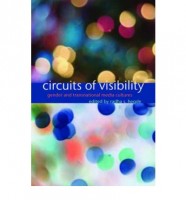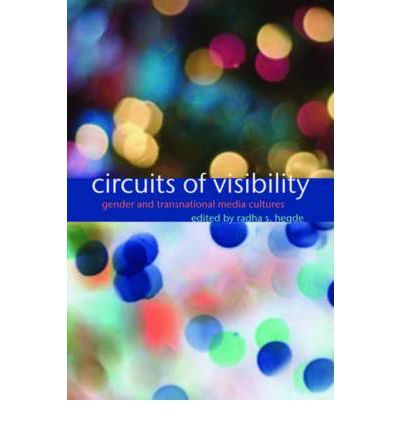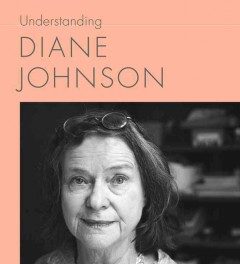 Editor: Radha S. Hegde
Editor: Radha S. Hegde
Publisher: New York University Press
Book Review by: Artha Hemrajani
No, this is not an engineering or science book. It is not on electricity or optics that comes to mind when you come across words like circuits and visibility.
This book is part of a series of five such ones published so far on the theme of critical cultural communication. This series is part of a project of the department of media, culture and communication at New York University.
Sixteen academicians and researchers with particular expertise and backgrounds in various subjects contributed a wide range of essays or articles for this book, including Radha S. Hegde, who edited it. These were developed as chapters in this book.
Radha S. Hegde is an associate professor in that department at NYU. Besides the real-life cases she presents in it to demonstrate the varying roles of media in different countries and cultures in influencing what we think and what we do. Therein lays the chief value of this unique book. It is made more valuable because it is packed with large lists of additional articles, books and other references at the end of each chapter, for further reading and research.
Hegde writes in her Introduction to this book: “There is scholarly consensus that gendered categories being reproduced under transnational conditions need more nuanced research attention, Global flows of media technologies, migration and unfettered mobility of capital rework old logics of domination in new global forms.”
If you are a lay person, (not in academia and-or research) and you fully and very clearly understand the paragraph above, congratulations, you are one of the lucky ones. But chances are good that you have neither read or understand ‘gendered categories’ or ‘transnational conditions’ or ‘global flows of media technologies’ or ‘migration and unfettered mobility of capital’ or ‘old logics of domination in new global forms’.
In layman’s terms, this book is about the role of media in influencing and changing the attitudes, perceptions and behaviors of consumers (in most cases women) and other viewers in different parts of the world.
In reference to viewers of news on American television, it is my humble view that the major U.S. TV networks are guilty of reinforcing negative stereotypes, as in the case below of Nidal Malik Hasan.
Some of the countries and the people from which these examples given are: Morocco, with Princess Salma, contributed by Susan Ossman; Bosnia, with Ceca, the Balkan superstar, contributed by Zala Volcic and Karmen Erjavic; Colombia, with its version of TV show Ugly Betty; entitled Betty La Fea, contributed by Angharad N. Valdivia; India, with Bollywood actress Dia Mirza, contributed by Radhika Parameswaran. To get details, I urge readers to obtain and read this book. More examples given below:
The United States, with U.S. Army Major Nidal Malik Hasan, a Palestinian-American, immediately being portrayed as a terrorist with no facts to support that portrayal, contributed by Nabil Echchaibi; Cuba, with dictator Fidel Castro, being accused by former President George W. Bush of abetting sex trafficking, contributed by Felicity Schaeffer-Grabiel.
Another example is from France, where noted designer Sakina M’sa helped 13 ‘disenfranchised and marginal’ (read: poor) women ‘recycle’ old garments (that were going to be given away to a charity), transforming them to make them look like unique designer or couture clothing, so they would be “reborn to a new life,” contributed by Julie Thomas.
A notable example of how media is influencing consumer behavior is given in chapter four with Radhika Parameswaran’s article cleverly entitled E-Race-ing Color: Gender and Transnational Visual Economies of Beauty in India.
I present to you here a news release that Pond’s sent to the media when they were launching four products on skin care, particularly on lightening the color of skin.
Pond’s Launches White Beauty Detox Range
July 11, 2007, New Delhi
Dia Mirza, the beauty from Bollywood, was recently in the capital to launch “White Beauty,” the new range of skin-lightening products from the house of Pond’s.
Enriched with detoxifying vitamins, White Beauty is not only popular for whitening the skin, but also for neutralizing the effects of darkness-causing elements in today’s harsh environment. The range consists of White Beauty Detox Cleanser, White Beauty Detox Toner, White Beauty Skin-Lightening Cream and White Beauty Detox Lotion, to give you the radiance you’ve always wanted.
Pond’s proposition:
White = beautiful/recoverable purity
Dark = ugly/accumulated poison
Pond’s = cure/detoxifying agent”
The central message in this “news” release that Pond’s is trying to convey is that the color white equates with beautiful while dark equates with ugly. But the question we ask Pond’s is: what about all the dark-skinned actresses in Bollywood (or for that matter, in Hollywood) – would you call them ugly?
An eye-opening book, it helps us – viewers of advertising and news – to become more skeptical and less gullible, believing the messages selectively to lead happier lives.







